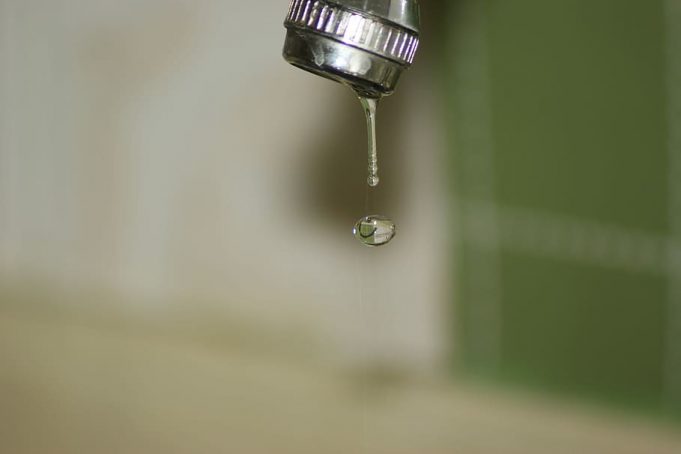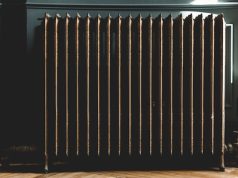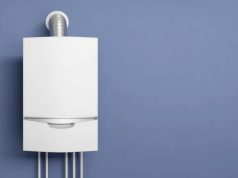Water leaks are not only inconvenient to deal with; they can cause significant damage to your home, waste countless amounts of water, and even lead to organic growth in places where you definitely do not want it. And unfortunately, because the majority of the pipework in your home is hidden away behind the walls and underneath the floors, it might not always be obvious that a leak has formed straight away.
Understanding and being able to look out for common situations that cause leaks to develop within the home can be a great first step towards preventing leaks and being able to spot and deal with them faster if they do occur. Here are some of the most common situations that lead to household water leaks and what to keep an eye out for.
Extreme Temperature Changes
Sudden and extreme temperature changes in your pipes can force them to expand and contract, which in turn may cause the pipes to crack. This is especially likely if it has been caused by a sudden drop to freezing temperatures. And frozen pipes do not always manifest by bursting and spurting water all over a room. If you’ve noticed a difference in your water flow, unexpectedly high water bills, or a musty smell near a drain, you might be dealing with a cracked pipe. Pinpoint Trace and Access are water leak detection experts who can help you pinpoint the exact source of your water leak and make it easier to deal with. They use the latest technologies for their water leak detection services, which means they can pinpoint the source quickly and with little disruption.
Intruding Tree Roots
Sometimes, leaks inside the home can actually be caused by factors on the outside. Trees around your home are great for the environment and creating a gorgeous outdoor space, but they can also increase your risk of dealing with a leak at home. Tree roots may intrude on the water lines and cause moisture to seep out into your back garden or yard. If you’ve noticed any unusual sinkholes or wet patches outside, particularly if it’s not been raining and you’ve noticed a sudden drop in the water pressure inside the home, it may be a leak caused by tree roots.
Damaged Pipe Joints
Pipes are designed to withstand a lot of pressure and last for a long time, but they do not hold up forever. And this is especially true of the areas where the pipes connect, which is usually the weakest point in the line. Over time, the pipe joints can be subject to wear and tear, and this deterioration can lead to leaks. Unfortunately, since most pipe joints are not easily visible in the home, you may not notice that you have a leak until the damage becomes apparent. A tell-tale sign is pipes that are quite noisy; particularly when you turn on the hot water tap.
Clogged Lines
Drains that are clogged or blocked tend to simply cause an inconvenience that can quickly be solved with some general household drain unblocking solution; however, there are some clogs that can lead to the pipes overflowing or bursting. For example, if you have an obstruction in your gutters, these can be more difficult to get rid of and can often lead to severe water damage if left unchecked. It’s best to keep your gutters regularly cleaned to prevent serious clogs from forming. You can have a professional do this or learn how to do it yourself.
Broken Seals
Broken seals around appliances that use water like your washing machine or dishwasher can also lead to leaks around the home. When your appliances were first installed, seals would have been installed around all the water connectors and in other areas such as the appliance door, to keep the water trapped inside. However, over time, these seals can be subject to wear and tear as the appliances get older, making them less effective. Puddles around the appliance or a lot of condensation are sure signs to look out for.
Corrosion
Finally, simple aging can often lead to water leaks, as your plumbing system gets older and more susceptible to rust and other forms of corrosion, which can eat away at the pipes. If the plumbing system in your home is quite old, it’s worth replacing any pipes that are at a higher risk of corrosion with newer ones. Another tell-tale sign of corrosion in your plumbing system is warping and discolouration on the pipes, which usually indicates that rust has set in. Unfortunately, this is not always easy to spot since most pipes are hidden away, so consider the age of your plumbing system and have a plumber check it regularly.
Water leaks can be a common occurrence in the home, but they are not always easy to deal with. By being aware of the factors that can lead to a leak and what to do about them, you can minimise the risk of water damage at home.














